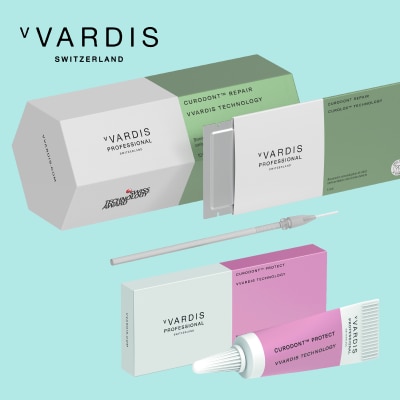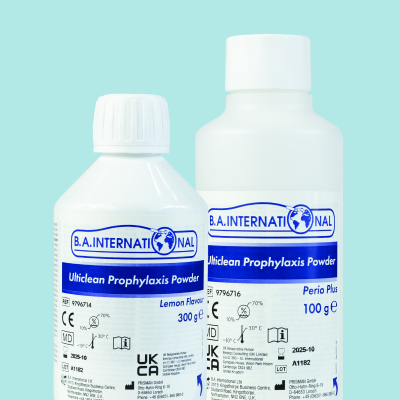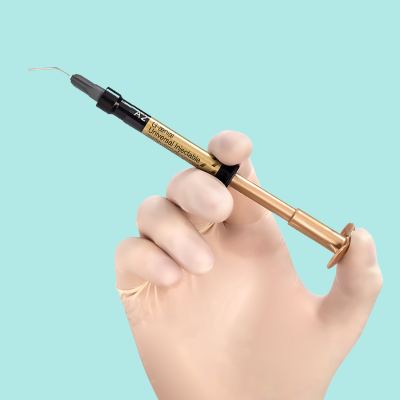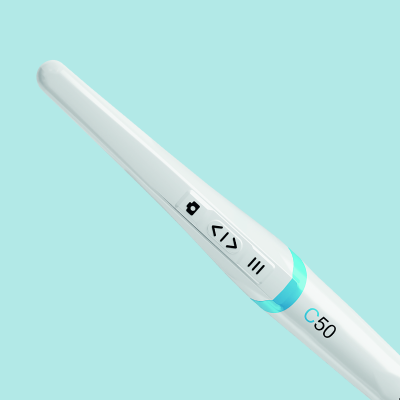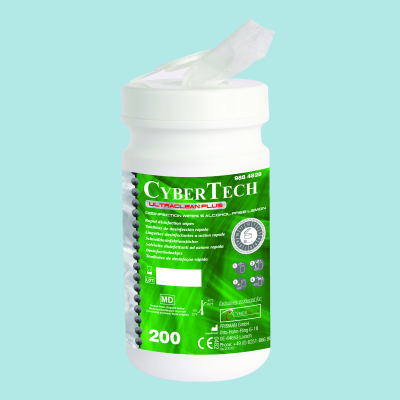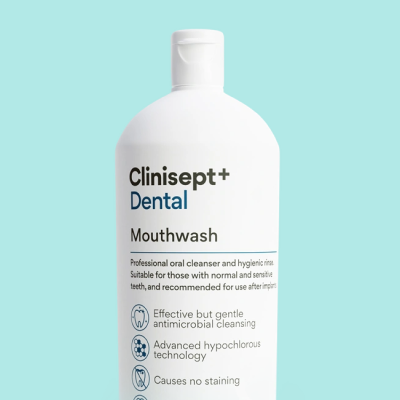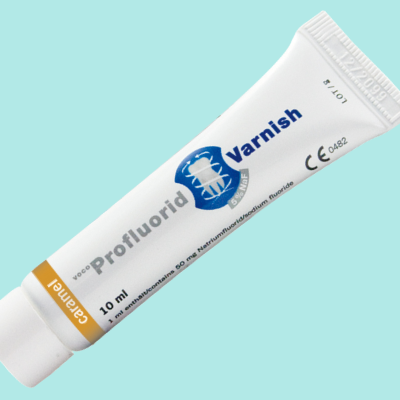Using Silver Diamine Fluoride To Arrest Caries
The constraints on treatment imposed by Covid-19 have lead to increased interest in minimally invasive techniques to stop decay until more extensive dental treatment is possible1. The use of Silver Diamine Fluoride (SDF) as a treatment to arrest dental caries was first recorded in Japan in 1969, but is now becoming more popular: it’s a low aerosol technique and is indicated for desensitisation of non-carious tooth lesions and molar incisor hypomineralisation2. WHO are recommending non-invasive restoration techniques such as SDF as a suitable approach for managing extensive caries or defective restorations causing pain during the Covid-19 pandemic3.
As well as arresting carious lesions in adults and children with high caries risk or difficult to control lesions, the treatment is also suitable for those who are unable to tolerate invasive treatment such as elderly populations or medically compromised patients2.
SDF is believed to be clinically more effective in preventing caries than fluoride varnish4. Application is easy, non-invasive, affordable and safe, and may avoid the need for local anaesthesia5.
What is Silver Diamine Fluoride (SDF)?
SDF is colourless, odourless solution of silver, fluoride and ammonium ions containing a high concentration of fluoride ions (typically 44,800ppm). When placed on carious tissue, a series of chemical reactions take place which block dentinal tubules, kill bacteria, remineralise the tooth and inhibit collagen degradation.
The fluoride penetrates the dentine, and there is 2-3 times more fluoride retained in the tooth structure than where sodium fluoride varnish is used6.
The images below7 demonstrate how the silver fluoride and potassium iodide action in SDI’s Riva Star blocks tubules, helping to prevent sensitivity.

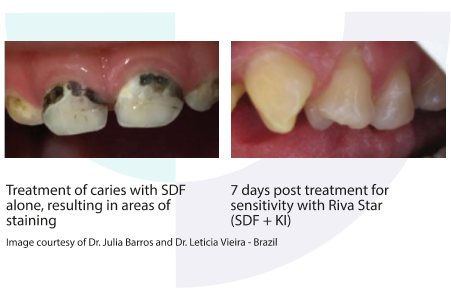
Will SDF Stain Carious Tooth Tissue Black?
These reactions tend to have the side effect of staining carious lesions permanently black, which may be unacceptable to some patients. However, Riva Star has a patented two-step procedure to help minimise the risk of staining. By applying a solution of potassium iodide over the silver fluoride, a silver iodide creamy white precipitate is formed and then turns clear8, helping to avoid staining.
How Long do the Desensitising Effects Last?
The effect starts immediately after one application, and lasts for two years9.
How is Silver Diamine Fluoride licenced in the UK?
Sources:
1) “SDF for effective treatment of dental caries in children” (Caroline Holland), BSPD, 24/06/20
2) “The use of SDF in dental practice” (Seifo, Robertsonm, MacLean et al), British Dental Journal 228, 75-81(2020)
3) “Considerations for the provision of essential oral health services in the context of COVID-19”, WHO, 03/08/20
4) “Silver diamine fluoride: a caries ‘silver-fluoride bullet’” (A Rosenblatt, TCM Stamford, R Niederman), Journal of Dental Research, 2009 Feb;88(2):116-25
5) “Evidence-Based Dentistry Update on Silver Diamine Fluoride” (Y O Crystal, R Niederman), Dental Clinics of North America, 2019 Jan;63(1):45-68.
6) “Covid-2019 – Time to use silver diamine fluoride for caries arrest in general dental practice?” (Timms L, Deery C, Stevens C, Rodd H), Dental Update, 2020 Sep;Vol 47, No 8:662-668
7) “Ion uptake into demineralised dentine from glass ionomer cement following pretreatment with silver fluoride and potassium iodide” (Knight GM, Mclntyre J, Craig G), Australian Dental Journal 2006;51 :23 7 -24l
8) “SDI Riva Star: Tooth densensitising agent” brochure, SDI, 11/2019
9) “Evaluation of the antimicrobial activity of combined silver diamine fluoride and potassium iodide as an endodontic medicament” (Heo J Tompkins GR, Love RM), University of Otago, New Zealand, 2010




